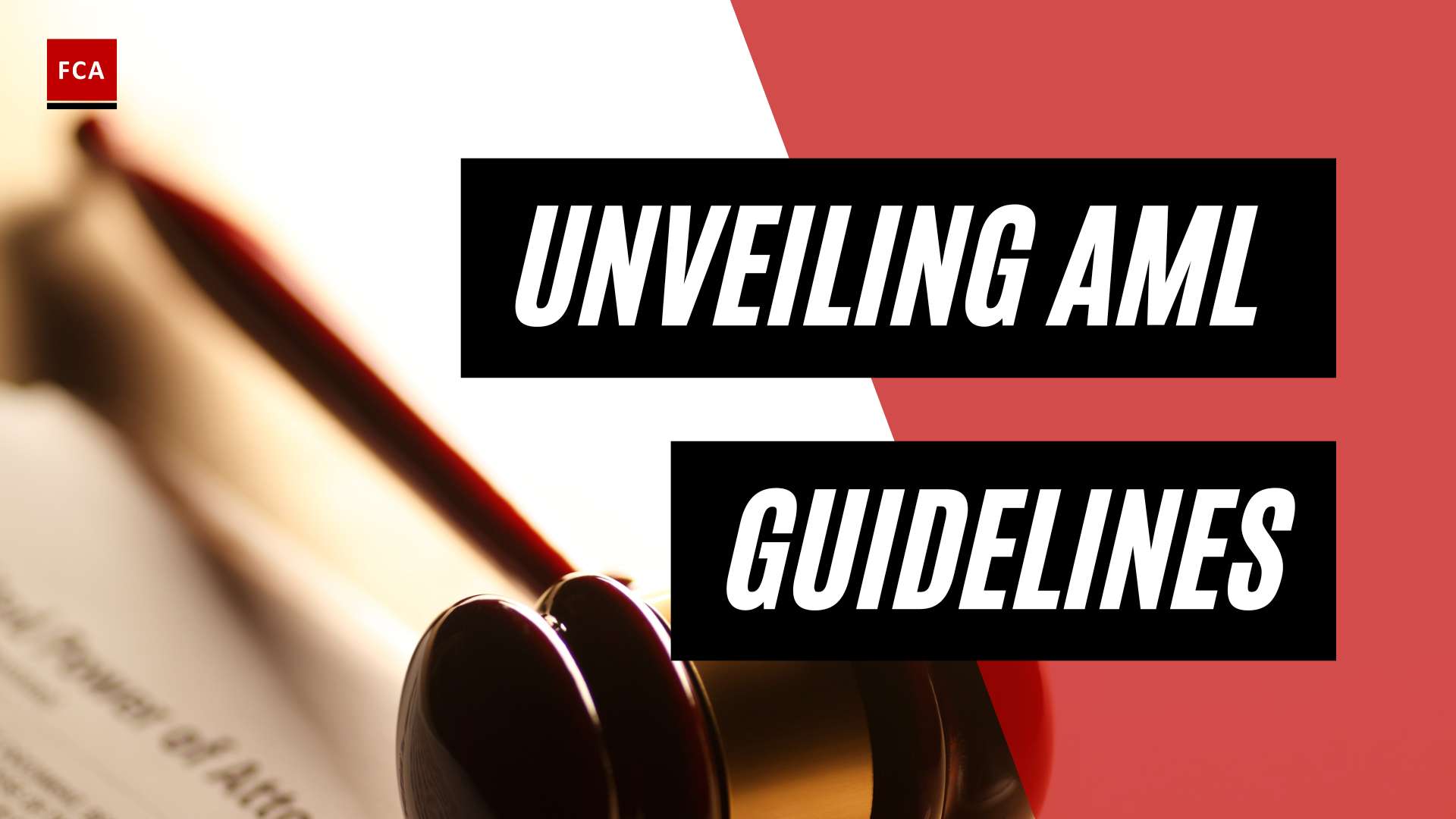AML/CTF Risk Identification, Assessment, and Analysis are critical steps for regulated entities to effectively manage the risks of money laundering and terrorism financing. AML (Anti-Money Laundering) and CTF (Counter-Terrorism Financing) are critical areas of focus for financial institutions and other regulated entities. These institutions are required to identify, assess, and analyze the risks related to money laundering and terrorism financing activities to mitigate the risks effectively.
The organization identifies ML/TF risks that impact the strategy’s performance and business objectives. The organization identifies new, emerging, and changing ML/TF risks to achieve the entity’s strategy and business objectives.
It undertakes ML/TF risk identification activities to establish an inventory of risks and then to confirm existing risks as still applicable and relevant. Risk management practices are progressively integrated, and the knowledge and awareness of ML/TF risks are kept up-to-date through normal day-to-day operations.
Some entities will supplement those activities from time to time to confirm the completeness of the risk inventory. How often an organization does this will depend on how quickly risks change or new risks emerge. Where ML/TF risks are likely to take months or years to materialize, the frequency at which risk identification occurs will be less than where risks are less predictable or will occur at a greater speed.

AML/CTF Risk Identification, Assessment, and Analysis
New, emerging, and changing risks include the following:
- First, it arises from a change in business objectives, such as the entity adopting a new strategy supported by business objectives or amending an existing business objective.
- Second, it arises from a change in a business context, such as changes in consumer preferences for environmentally friendly or organic products that potentially adversely impact the sales of the company’s products.
- Third, it pertains to a change in a business context that may not have applied to the entity previously, such as a change in regulations that results in new obligations to the entity.
- Fourth, they were previously unknown, such as the discovery of susceptibility to corrosion in raw materials used in the company’s manufacturing operations.
- Lastly, they were previously identified but have since been altered due to a change in the business context, risk appetite, or supporting assumptions, such as a positive increase in the expected sales forecasts affecting production capacity.
Emerging ML/TF risks arise when the business context changes, and they may alter the entity’s risk profile in the future. Note that emerging risks may need to be better understood to identify and initially assess accurately and may warrant more frequent reidentification. Additionally, organizations should communicate evolving information about emerging risks.
Identifying new and emerging risks, or changes in existing risks, allows the organization to look to the future and gives them time to assess the potential severity of the risks and take advantage of them. In turn, having time to assess the risk allows the organization to anticipate the risk response or to review the entity’s strategy and business objectives as necessary.
Some ML/TF risks may remain unknown, for which there was no reasonable expectation that the organization would consider them during risk identification. These typically relate to changes in the business context. For example, competitors’ future actions or intentions are often unknown, but they may represent new risks to the entity’s performance.
Organizations want to identify those ML/TF risks likely to disrupt operations and affect the reasonable expectation of achieving strategic and business objectives. Such risks represent a significant change in the risk profile and may be either specific events or evolving circumstances.

Final Thoughts
AML/CTF are two closely related activities that involve identifying, assessing, and analyzing the risks associated with financial transactions. The purpose of AML is to prevent criminals from using the financial system to launder money obtained through illegal activities, while CTF is aimed at preventing terrorist organizations from financing their activities through the same means.
Overall, the AML/CTF risk identification, assessment, and analysis process is crucial for ensuring that financial institutions are able to detect and prevent money laundering and terrorist financing activities. It involves a combination of human expertise and advanced technology tools to effectively manage the risk associated with financial transactions.








